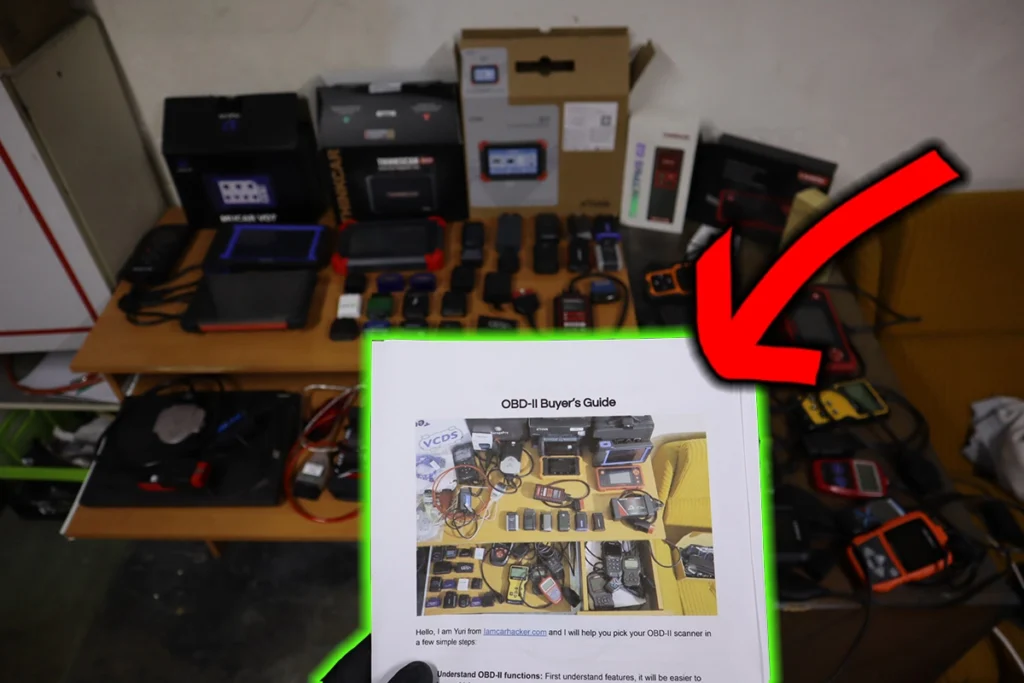The P222F: Barometric Pressure Sensor ‘A’/’B’ Correlation refers to a discrepancy between the readings of barometric pressure sensors ‘A’ and ‘B’. This indicates that the sensors are providing inconsistent data compared to each other, which can be due to faulty sensors, calibration issues, or wiring and connector faults that impact the reliability of the readings.
P222F – Quick Overview
| Code | Information |
|---|---|
| Meaning | P222F: Barometric Pressure Sensor ‘A’/’B’ Correlation |
| Is it serious? | Yes, as incorrect correlation between these sensors can lead to improper air-fuel mixture adjustments, affecting engine performance and emissions. |
| Possible causes | – Incorrect correlation between barometric pressure sensors ‘A’ and ‘B’ – Faulty barometric pressure sensors – Calibration issues – Wiring or connector problems |
| How to diagnose? | – Compare readings from barometric pressure sensors ‘A’ and ‘B’ – Check for calibration issues – Inspect wiring and connectors for faults |
P222F Meaning
The P222F: Barometric Pressure Sensor ‘A’/’B’ Correlation code indicates that the data from barometric pressure sensors ‘A’ and ‘B’ are not matching as expected. The sensors are supposed to provide similar readings for accurate atmospheric pressure measurement. A mismatch may result in incorrect engine calculations, which could affect fuel efficiency, emissions, and overall engine stability.
Step-by-step diagnostic guide
| Action | Description | Tools Needed |
|---|---|---|
| Check for Other Codes | Use an OBD-II scanner to determine if there are any additional related codes that might provide more insight into the issue. Other sensor codes could indicate which sensor is malfunctioning. | OBD-II Scanner |
| Compare Readings from Sensors ‘A’ and ‘B’ | Use a diagnostic tool to compare the data readings from barometric pressure sensors ‘A’ and ‘B’. The readings should be similar. If there is a significant deviation, this could indicate a fault in one of the sensors. | Diagnostic Scanner, Vehicle Service Manual |
| Check for Calibration Issues | Inspect the calibration status of both sensors. Verify whether any recent changes, repairs, or software updates may have caused one or both sensors to lose calibration. Recalibrate the sensors if necessary. | Diagnostic Scanner, Calibration Tool |
| Inspect Wiring and Connectors | Inspect the wiring and connectors leading to both sensors. Look for loose connections, broken wires, or signs of corrosion that may affect the accuracy of sensor readings. Repair or replace as needed. | Flashlight, Multimeter, Safety Gloves |
| Test Individual Sensors | Test each sensor individually to determine which one may be at fault. Compare their output to the expected values specified in the service manual. Replace any sensor that is not operating correctly. | Multimeter, Diagnostic Tool |
| Clear the Code and Test Drive | After making any necessary repairs, clear the code using an OBD-II scanner and take the vehicle for a test drive. Monitor the sensor outputs during the drive to ensure proper correlation. | OBD-II Scanner, Vehicle Owner’s Manual |
| Recheck for Codes | Re-scan the vehicle after the test drive to verify that the P222F code has not returned. If the issue persists, further investigation may be necessary. | OBD-II Scanner |
Free PDF: How to choose OBD2 scanner

I’ve made you a free PDF to choose the OBD2 scanner in 5 minutes.
✅ Which OBD2 scanner is best?
✅ Which type should you get (DIY, Pro, Hobby)
✅ What is the best scanner for the exact brand/feature (e.g best for BMW)
✅ How to get a Bi-Directional tool for as cheap as $40
✅ Discount coupons for scanners
PDF is 100% free and it is designed to help you pick a scanner in less than a few minutes! Not a boring 50-page guide.
Just tell me where to send it.

Hi, I am Juraj “Yuri” Lukacko. I got frustrated by unhelpful and scammy mechanics, so I decided to learn everything about car diagnostics myself. I test dozens of new car diagnostic tools every month along with learning new strategies to fix and customize cars. About Juraj Lukacko (Yuri)